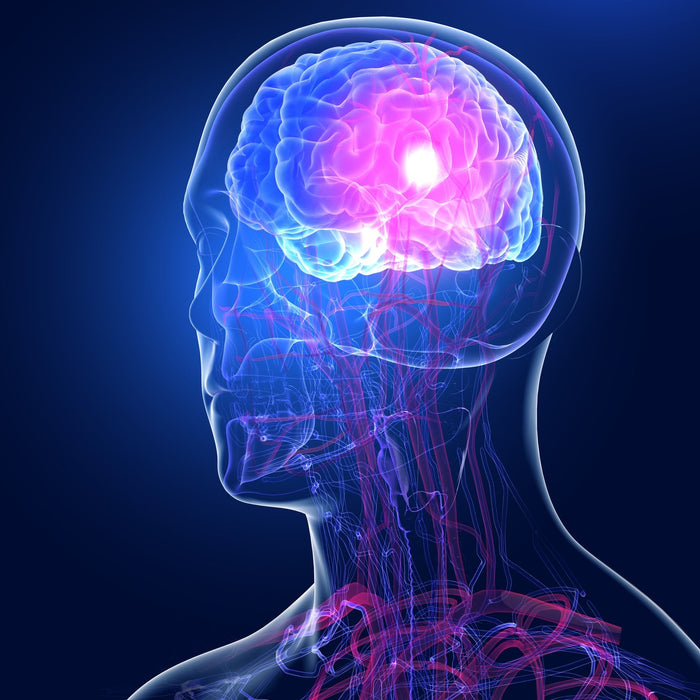
Brain hemorrhage. Early warning signs and risk factors
Brain haemorrhages are complex and potentially life-threatening medical emergencies that can occur suddenly and often have serious consequences. Even minor warning signs must be taken seriously, as they can indicate serious illnesses or injuries. Cerebral hemorrhage can occur in several...








Leave a comment